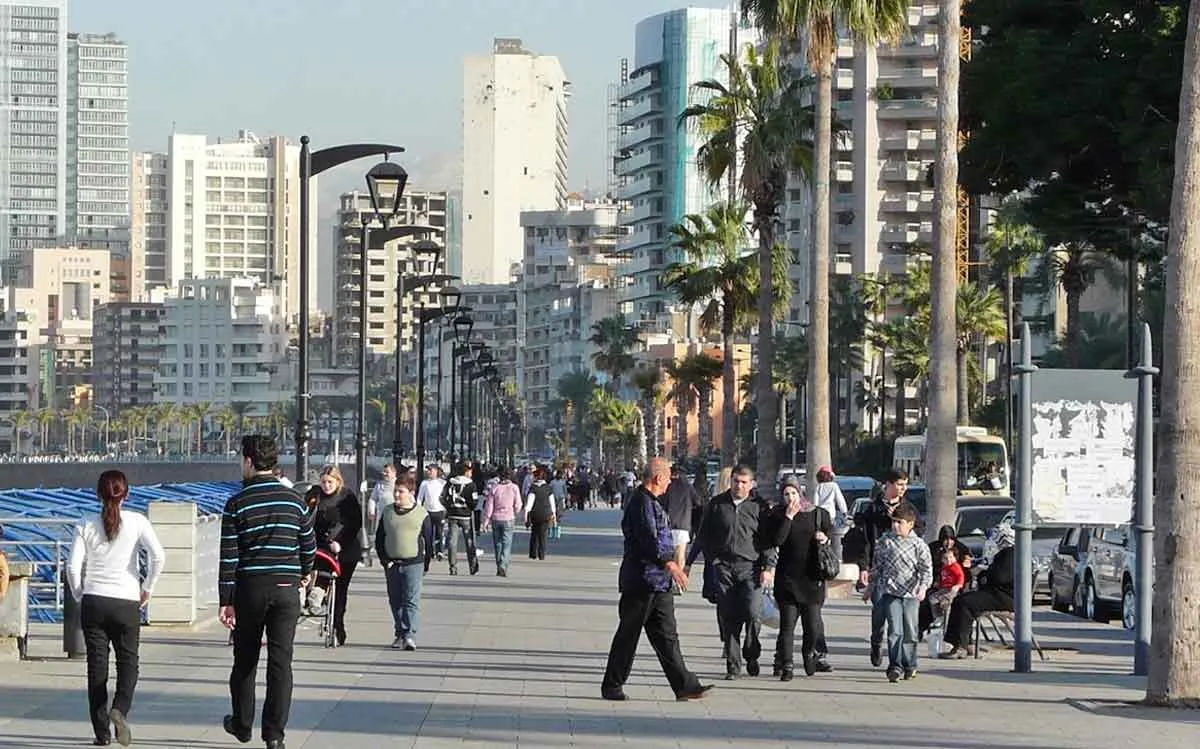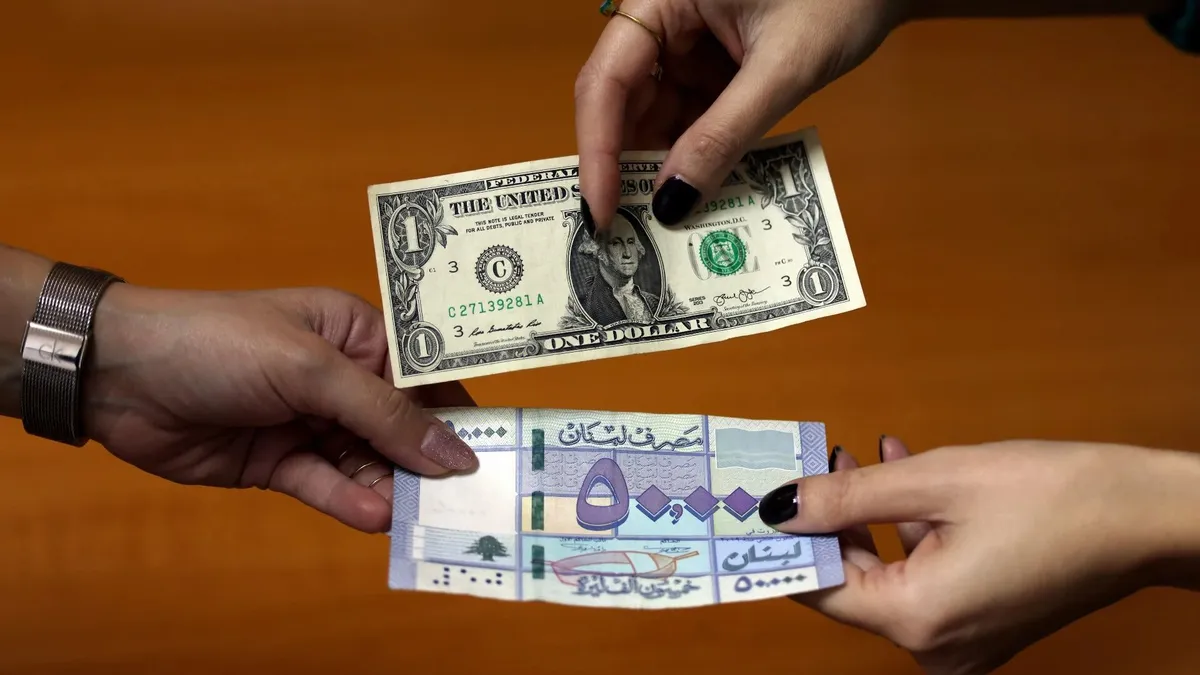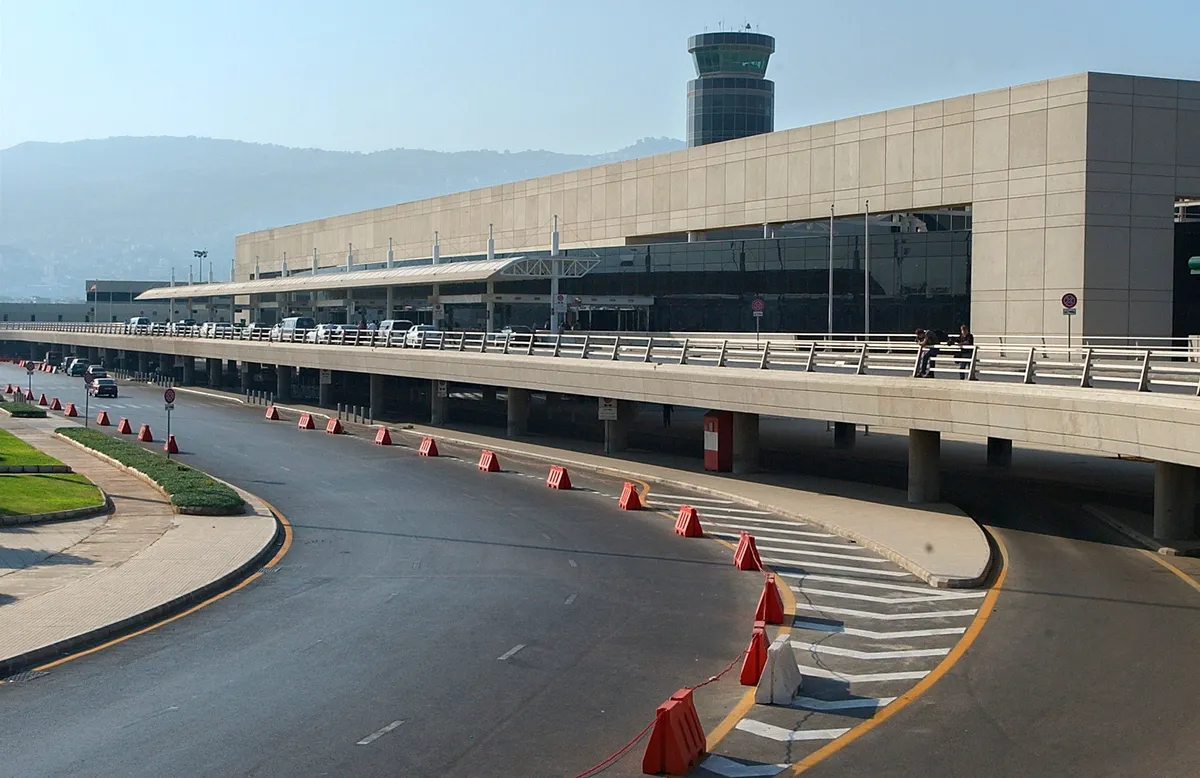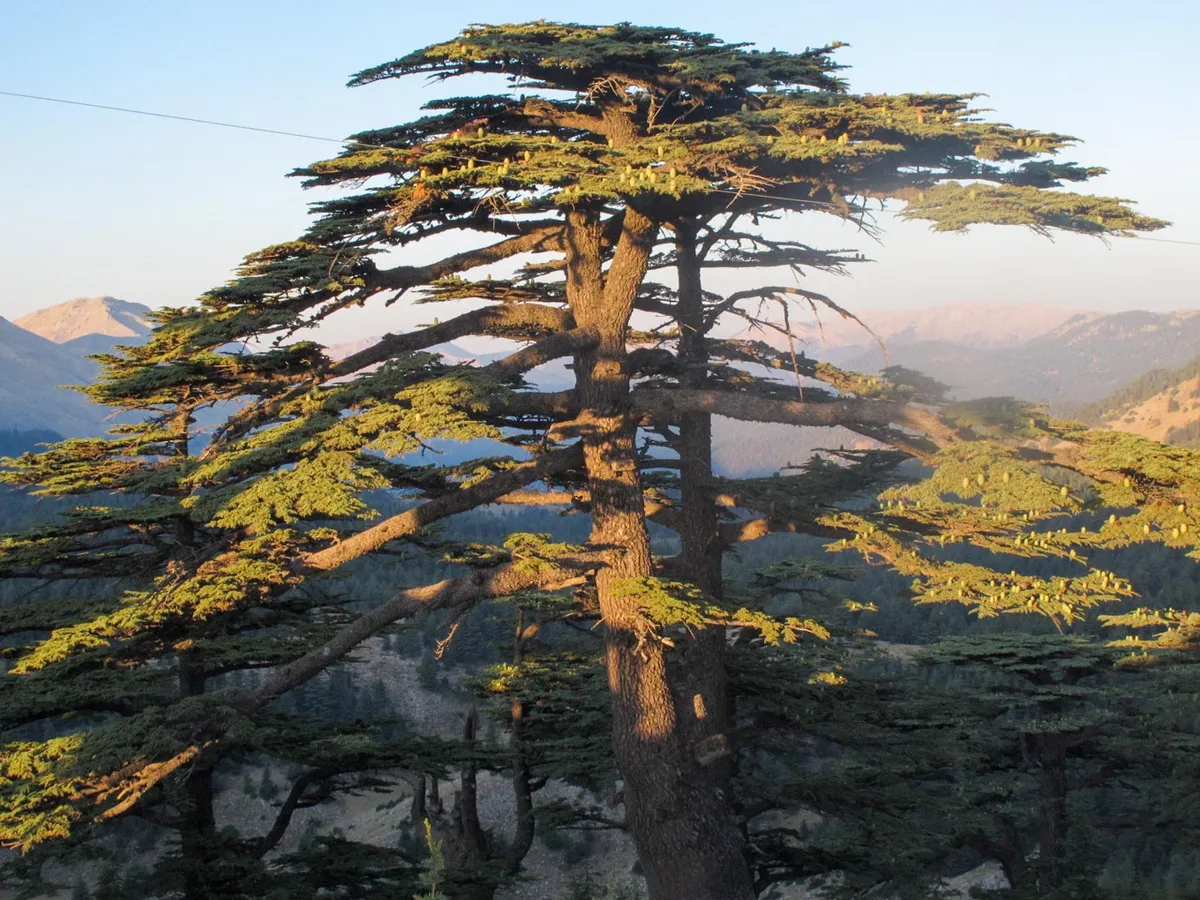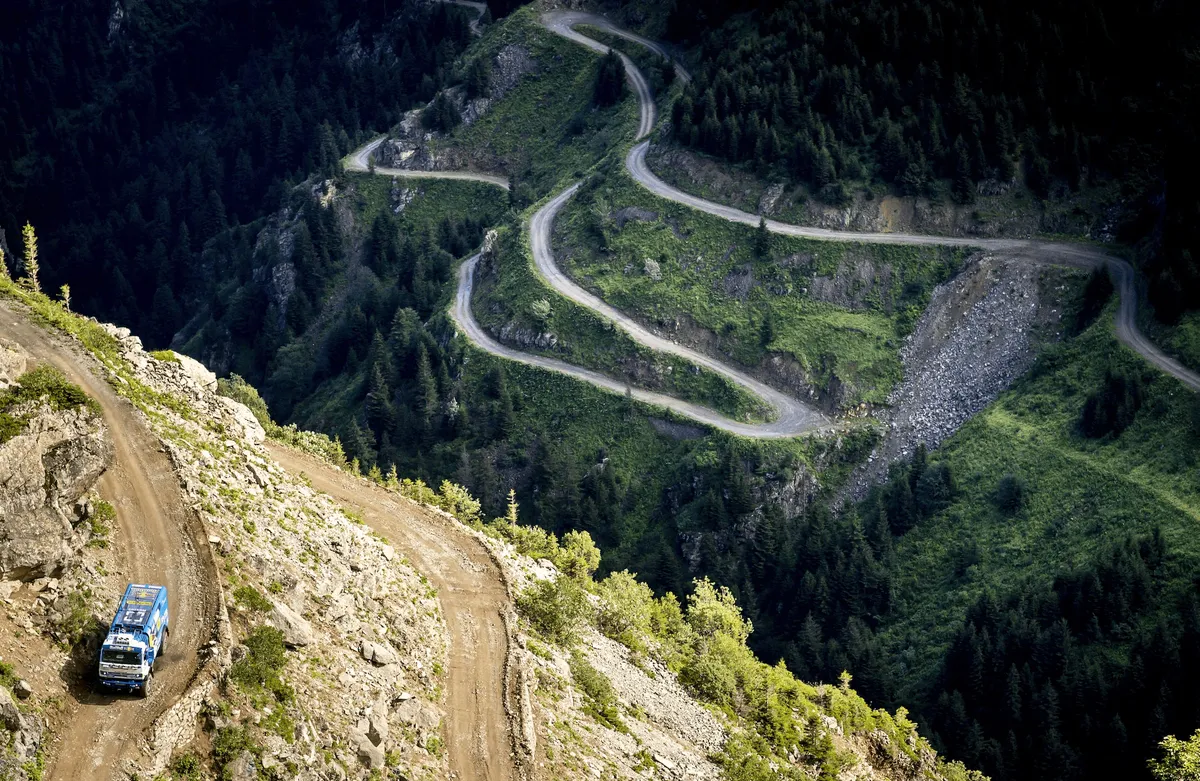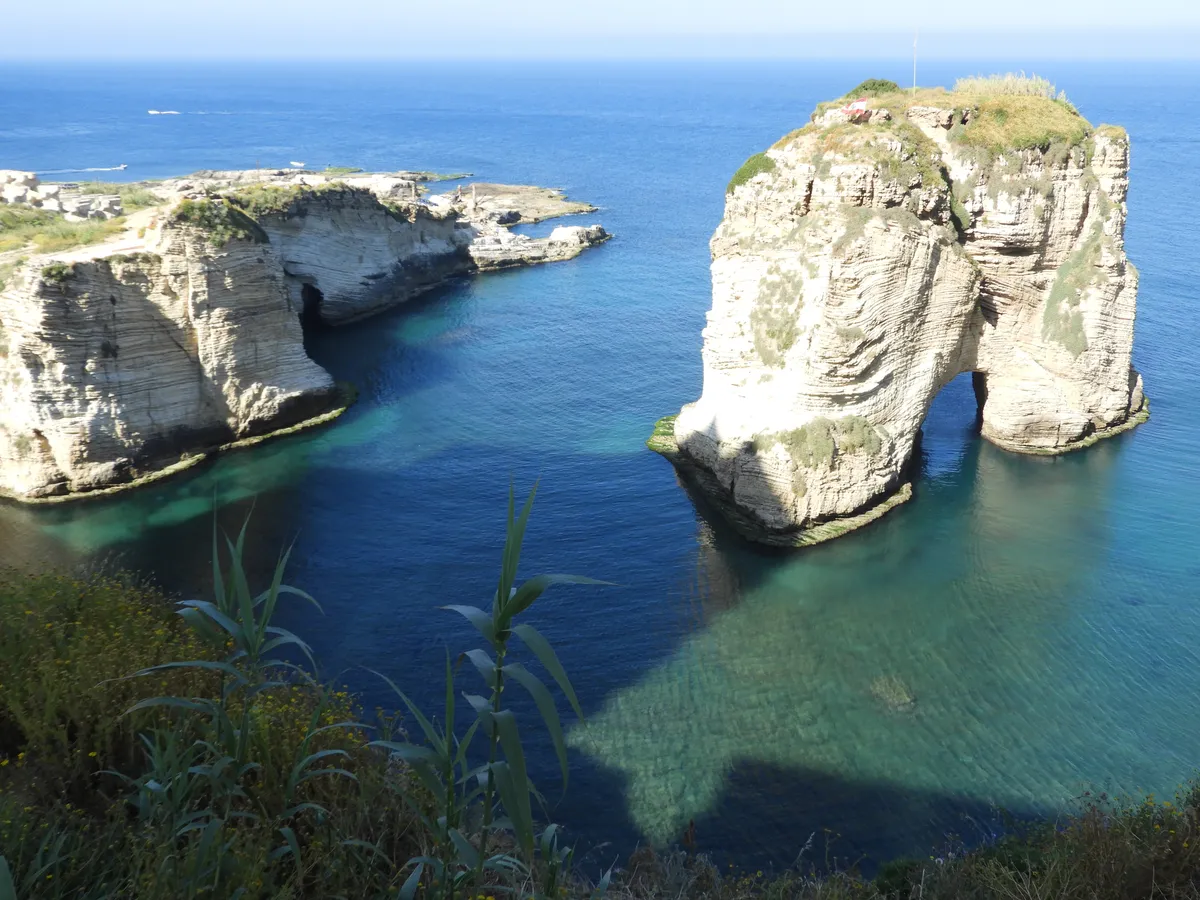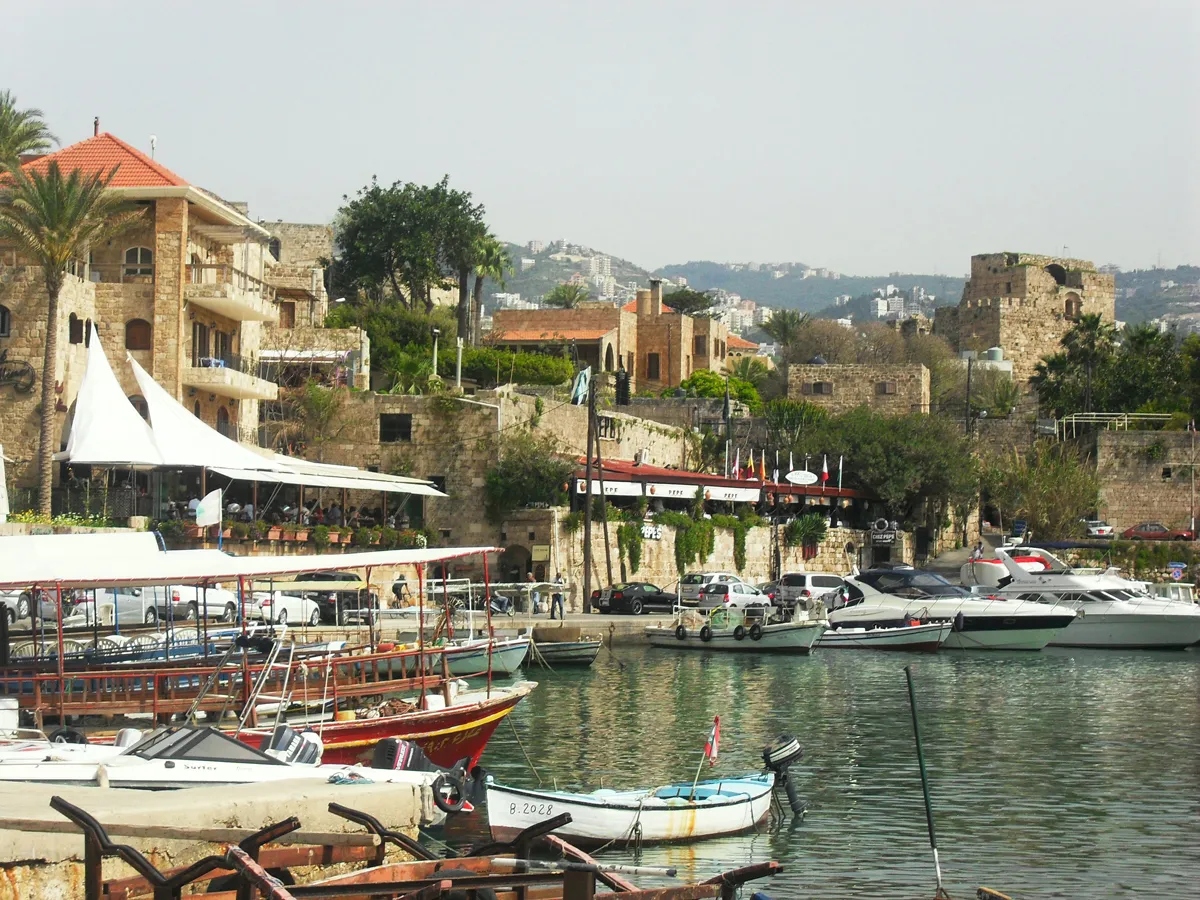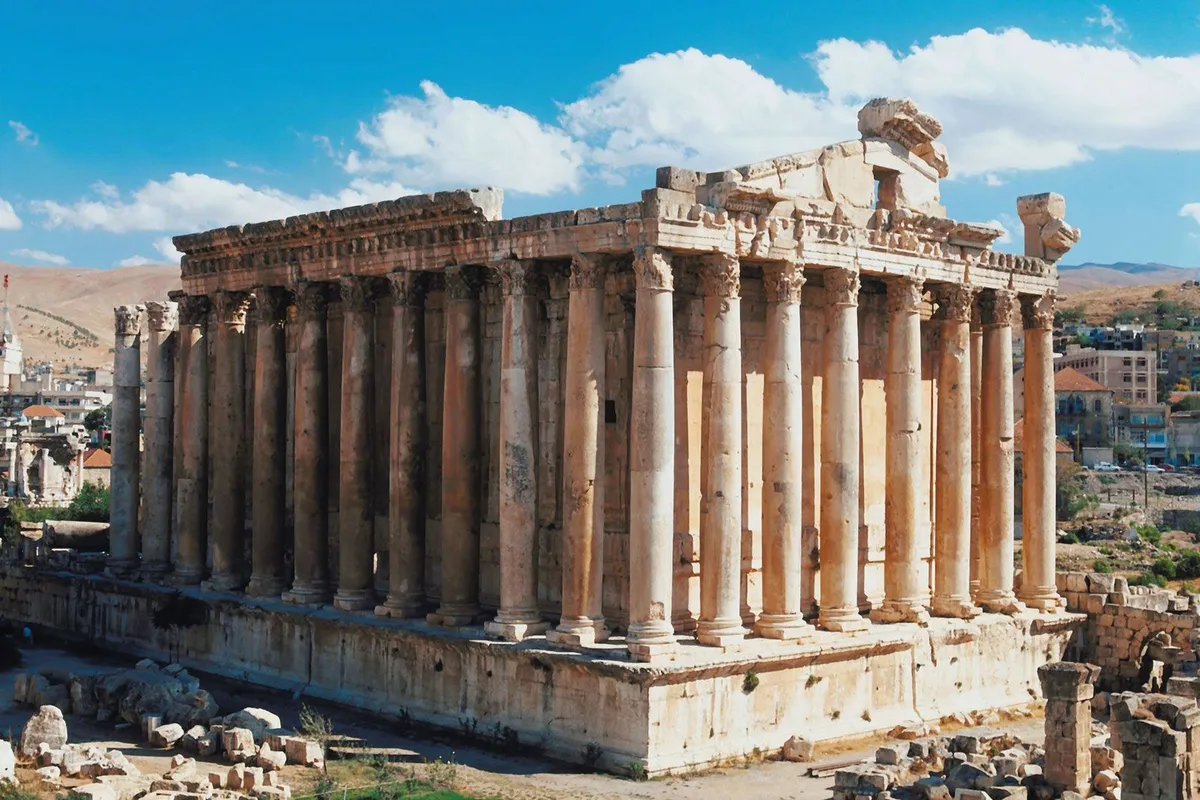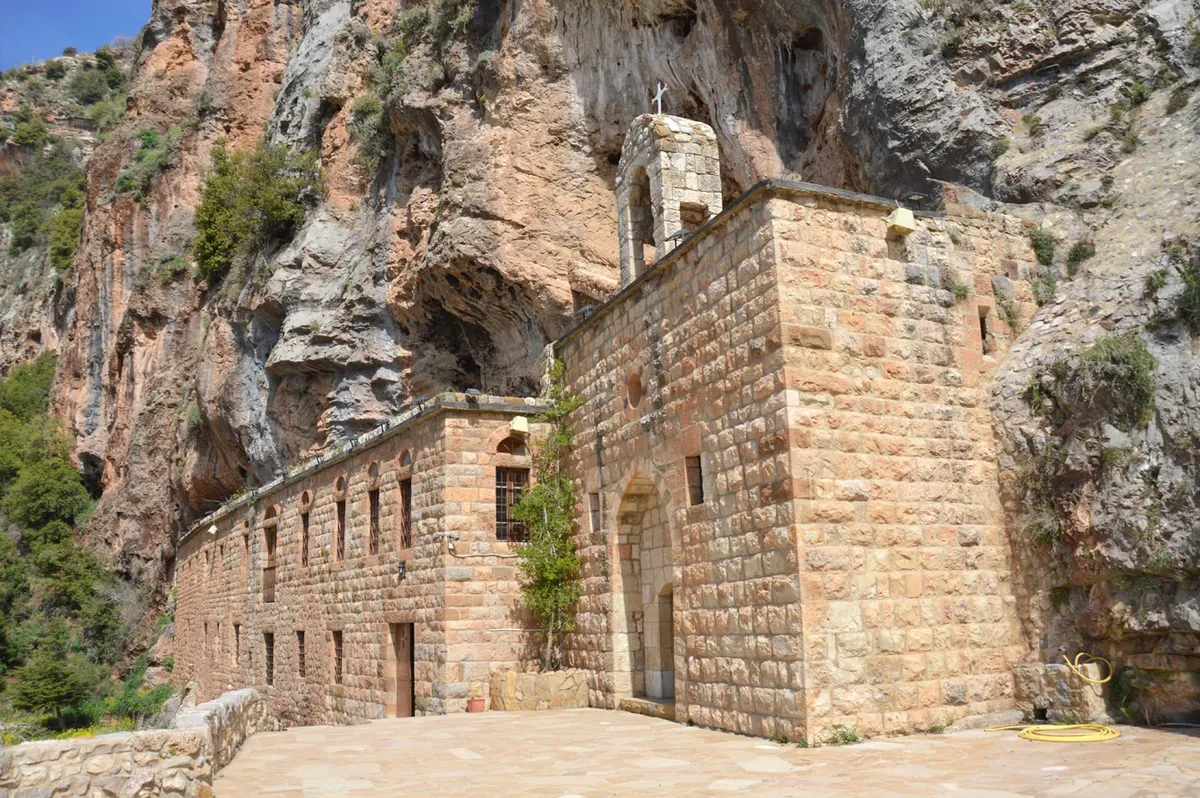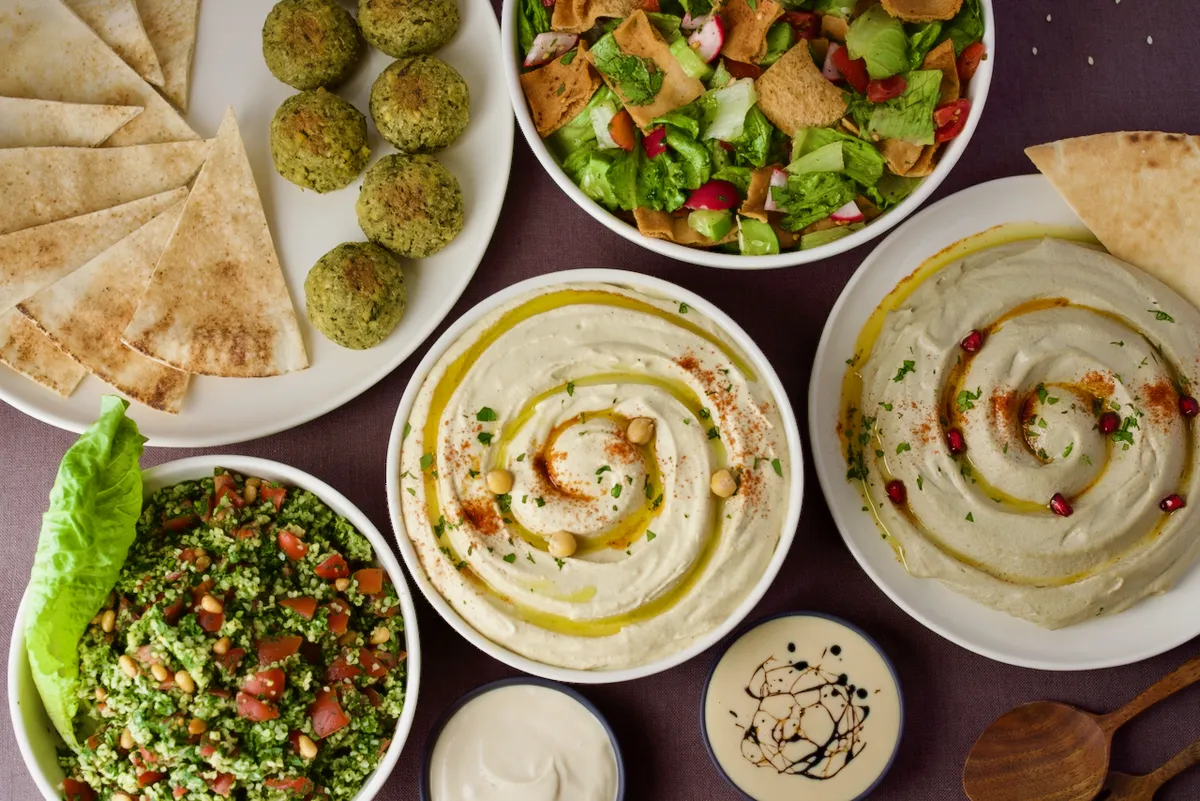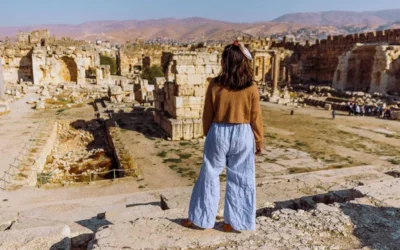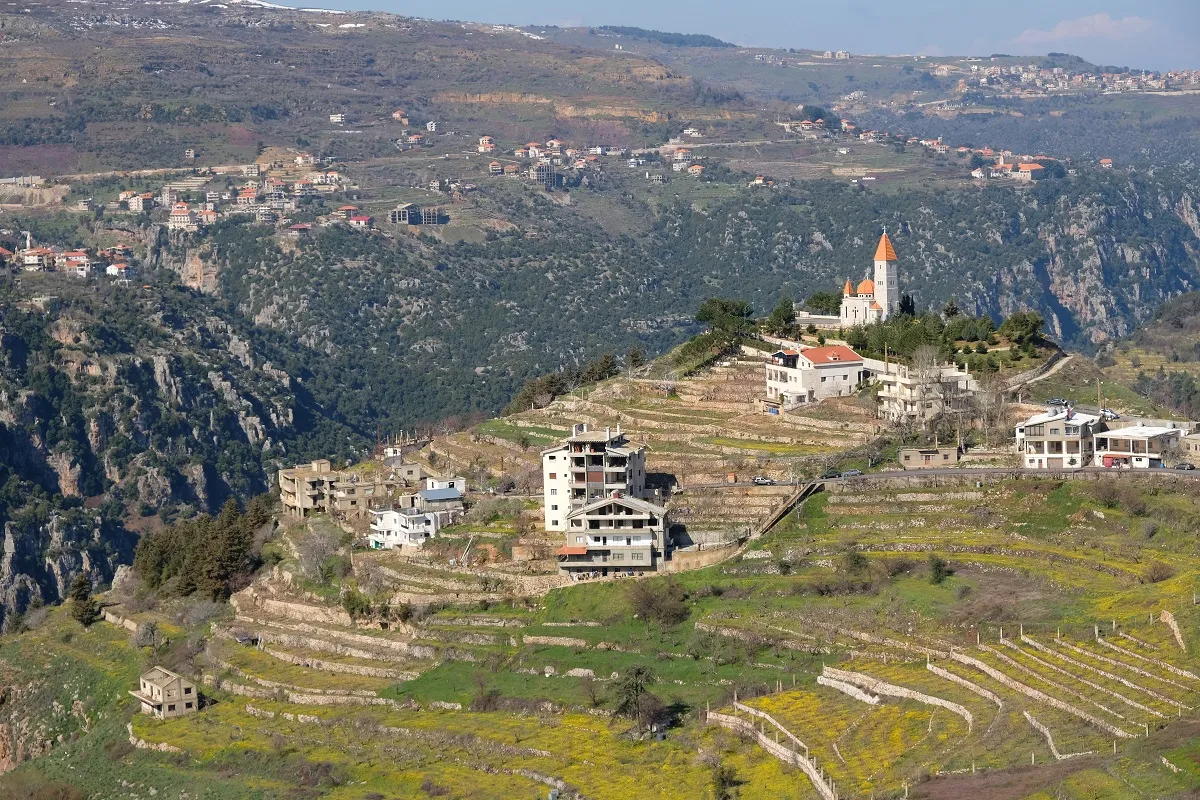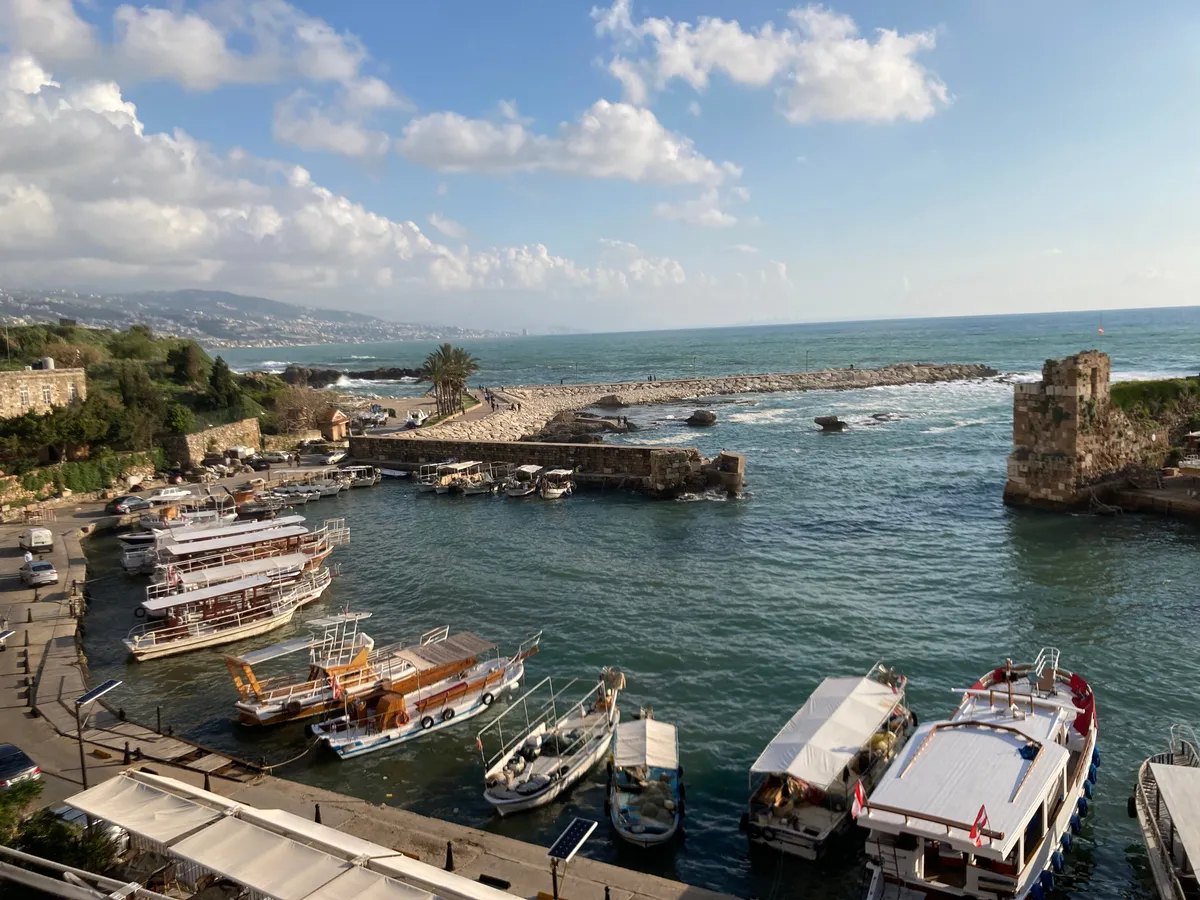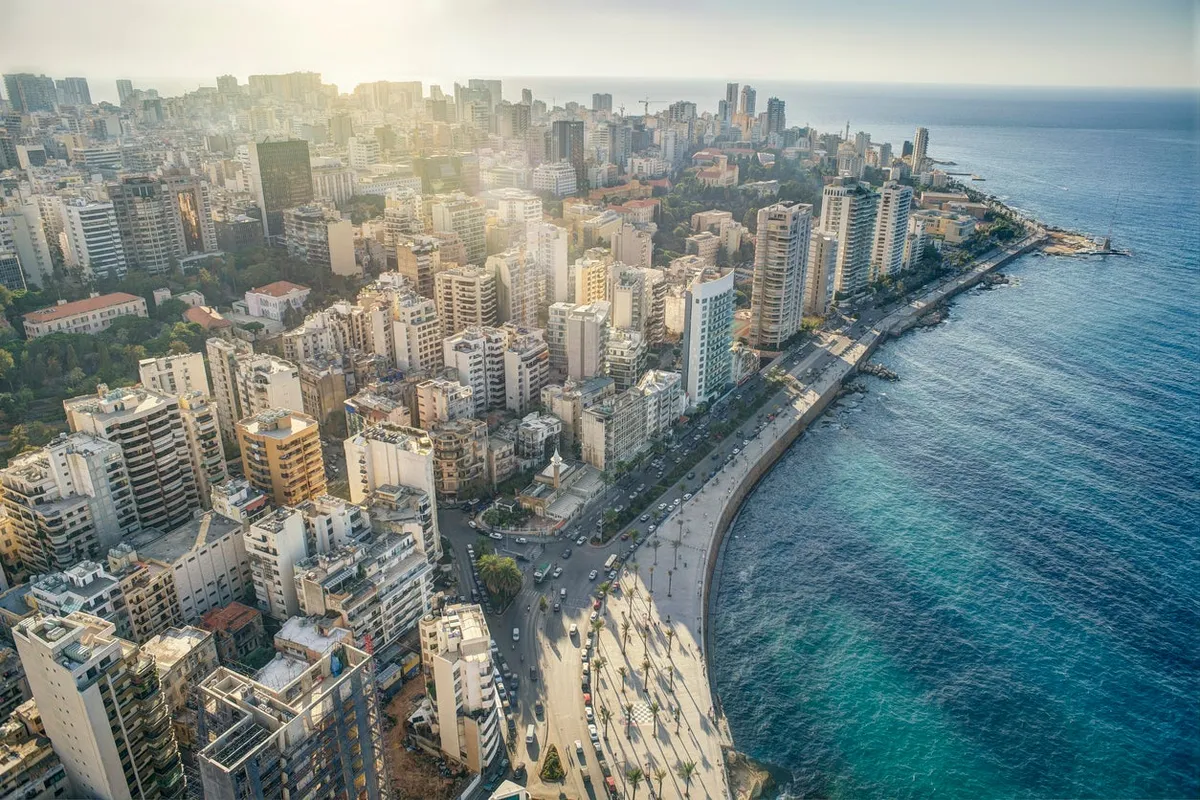Listen, I’m going to level with you right from the start—Lebanon isn’t your typical Mediterranean vacation spot, and that’s exactly what makes it extraordinary. This Lebanon travel guide is crafted for travelers who want substance over Instagram-perfect moments, who crave ancient history mixed with vibrant nightlife, and who aren’t afraid to venture beyond the guidebook’s comfort zone. After synthesizing firsthand experiences from dozens of recent travelers and diving deep into the current on-the-ground reality, I can tell you this: Lebanon is one of the most misunderstood destinations on Earth. If you’re willing to navigate its complexities, you’ll discover a country that will completely redefine what you thought the Middle East could be.
Is Lebanon Safe to Visit? The Real Story
Here’s where things get nuanced. Yes, the U.S. State Department has a Level 4 “Do Not Travel” advisory for Lebanon, citing risks from terrorism, civil unrest, armed conflict, and unexploded landmines. Canada and the UK echo similar warnings. But here’s what travelers who’ve actually been there recently are saying: “incredibly safe” and “I felt safe wherever I went.”
The disconnect isn’t about anyone being wrong—it’s about geography and context. Official advisories must account for worst-case scenarios across an entire nation. Your experience will be hyperlocal, focused on well-traveled tourist areas.
Areas to Avoid
You absolutely must avoid:
- Southern Lebanon (south of the Litani River, near the Israeli border)
- Parts of the Bekaa Valley near the Syrian border (though Baalbek ruins are visited safely on day tours)
- The southern suburbs of Beirut (Dahieh)
- Palestinian refugee camps
- Parts of Tripoli
The tourist trail reality: Stick to Beirut’s main neighborhoods, Byblos, Baalbek (via organized tours), the Qadisha Valley, and coastal cities like Batroun, and you’re entering territory where recent travelers consistently report feeling completely safe. One backpacker noted that “everybody was friendly and nobody tried to scam me” while driving around the entire country.
For Solo Female Travelers
You’ll be pleasantly surprised. One prominent travel blogger ranked Lebanon “nearly at the level of Japan and Southeast Asia” for lack of street harassment. The dress code is liberal in cities—you’ll see women in short dresses and crop tops throughout Beirut—though modest clothing is appreciated at religious sites.
Money in Lebanon: Why Cash Is Your Only Friend
This is the most critical practical information in this entire guide. Lebanon’s economic crisis has created a financial landscape that will destroy your budget if you don’t understand it.
The Dual Exchange Rate Disaster
There’s an old official bank rate (1,500 LBP to 1 USD) and the real black market rate (around 90,000 LBP to 1 USD as of late 2025). Every single transaction operates on the black market rate. If you use an ATM or credit card, you’re forced through the official rate, which means withdrawing $50 worth of pounds will give you currency that’s actually worth about $3 on the street.
Your Financial Survival Kit
- Bring enough physical US dollars in cash to cover your entire trip.
- Bills must be pristine (no tears, heavy creases, or marks).
- Exchange only at official bureaus like “Whish”—never at banks or with street dealers.
- Download the “Lira Exchange” app to track daily rates.
- Pack lots of small bills ($1, $5, $10, $20)—breaking $100 bills is nearly impossible.
- Never, ever use credit cards or ATMs in Lebanon.
One traveler summed it up perfectly: “Approximately 98% of things were cash only.” The silver lining? The economic crisis means your US dollars go far. Meals for two average $24, decent hotels run $50-80 per night, and 10-minute taxi rides cost $6-8.
Getting to Lebanon: Visas, Flights, and Entry Requirements
Visa on Arrival
US citizens get a free one-month tourist visa stamped right at Beirut-Rafic Hariri International Airport. It’s easy, straightforward, and hassle-free.
The Absolute Deal-Breaker
If your passport contains any Israeli visa or entry/exit stamps from Israel, you will be denied entry into Lebanon. No exceptions, no appeals. Even disclosing a previous Israel visit during immigration questioning can result in arrest or detention. This policy is strictly enforced—plan accordingly.
Getting There
No direct flights exist from the US, so expect 15-16 hours of travel time with connections. Common routes go through European or Middle Eastern hubs via Lufthansa, Turkish Airlines, Air France, or Royal Jordanian. Round-trip fares start around $650 from New York, $710 from Chicago, and $820 from Los Angeles, though prices fluctuate wildly.
Best Time to Visit Lebanon: A Seasonal Breakdown
- Spring (April-June) and Fall (September-October): These are your sweet spots. You’ll find pleasant weather, fewer crowds, and ideal conditions for exploring ruins and hiking mountain trails. A September 2025 traveler specifically praised the “beautiful weather.”
- Summer (July-August): The coast comes alive with beach clubs, parties, and expats returning home. Cities like Batroun buzz with energy. The tradeoff? Intense heat and humidity, plus peak-season crowds and prices.
- Winter (December-March): Here’s where Lebanon delivers on its famous boast—you can ski in the mountains and swim in the Mediterranean on the same day, just 45 minutes apart. The Cedars of God area is covered in snow, creating stunning winter landscapes, though some high-altitude trails become inaccessible.
What to Pack for Lebanon: Essentials Beyond the Obvious
Standard travel gear applies, but Lebanon’s unique situation demands some specific additions:
- Power Bank/Portable Charger: Daily scheduled power cuts are a reality. Hotels and restaurants have generators, but they’re intermittent. Your phone will die without backup power.
- Flashlight: Streetlights are often out at night, even in major cities. You’ll need a light source to navigate uneven sidewalks safely.
- Stomach Medicine: The electricity crisis affects refrigeration. Pack Imodium or activated charcoal just in case.
- Light Jacket: Mountain evenings get cool, even in summer.
- eSIM: Physical SIM cards cost around $50. An eSIM is a more convenient and affordable way to stay connected.
Getting Around Lebanon: Why a Private Driver Is a Game-Changer
Here’s my strongest recommendation in this entire guide: hire a private driver. This isn’t a luxury—it’s the strategic decision that will define your entire trip.
Why You Should Skip the Rental Car
The driving is chaotic, with rules of the road that are mere suggestions. Roads are full of potholes, signage is often in Arabic only, and first-time visitors consistently describe the experience as “insane” and overwhelming.
The Driver Advantage
For $144-200 per day (8-10 hours), you get stress-free transportation, a cultural interpreter, a local fixer, and an informal guide rolled into one. Your driver becomes your gateway to experiences no guidebook can provide. This cost should be a foundational, non-negotiable part of your budget.
For Budget Travelers
Shared taxis and minivans (servees) connect major cities. The system is informal, runs on no schedule from unmarked stops, and requires patience and flexibility. It’s doable but challenging.
Beirut: The Resilient Capital That Defies Expectations
Beirut is a city of contradictions that somehow works. Here’s a look at the essential neighborhoods to explore.
Downtown
Post-civil war reconstruction created pristine walkable streets, the modern Beirut Souks, and Roman ruins sitting casually next to mosques and churches.
Hamra
The intellectual, youthful heart of the city is home to the American University of Beirut. Budget travelers love its eclectic mix of local shops, cafes, and excellent street food.
Achrafieh and Gemmayzeh
Old-world charm meets trendy modernity in these adjacent neighborhoods. Beautiful heritage architecture houses art galleries, chic boutiques, and hipster bars.
Mar Mikhael
This is the nightlife district, heavily damaged in the 2020 port explosion but steadily recovering as the city’s primary party hub.
Raouché
Come at sunset to the seaside Corniche promenade for spectacular views of the iconic Pigeon Rocks—natural limestone arches rising from the Mediterranean.
Byblos: Walking Through 7,000 Years of Continuous History
Byblos (Jbeil) is one of the oldest continuously inhabited cities on Earth, and visiting feels like stepping directly into a historical tapestry. The ancient cobblestone streets of the Old Souk reveal charming cafes, artisan shops, and the scent of spices. The vast Archaeological Site lets you explore a 12th-century Crusader Citadel, millennia-old Royal Tombs, and the foundations of the Obelisk Temple.
The experience culminates at the historic harbor, where you can dine on fresh seafood at restaurants like Bab El Mina while watching fishing boats bob in water where Phoenician ships once exported Lebanese cedar to Egypt. Some tours even offer fossil hunting in nearby hills followed by rural lunches—talk about layering experiences.
Baalbek: Rome’s Grandest Temples in the Beqaa Valley
The Roman ruins at Baalbek are staggering. The Temple of Bacchus is considered one of the most spectacular and well-preserved Roman temples anywhere in the world. The six remaining colossal columns of the Temple of Jupiter stand 19 meters (62 feet) tall—remnants of what was once the largest temple in the entire Roman Empire.
Yes, Baalbek sits in a region with travel warnings. But here’s the reality: it remains a cornerstone of the tourist circuit, with the vast majority of visitors experiencing it safely as part of organized day tours from Beirut. For many travelers, it’s the most memorable stop on their entire itinerary. Hiring a licensed local guide at the site dramatically enhances the visit.
Qadisha Valley and the Cedars of God: Nature Meets Spirituality
This UNESCO-listed valley offers Lebanon’s most breathtaking mountain scenery and unique cultural experiences.
Hiking Options
Trails range from easy valley floor walks connecting ancient rock-hewn monasteries to challenging full-day treks along sections of the Lebanon Mountain Trail.
Monastery Stays
For something truly special, spend the night in monastery guesthouses like Deir Mar Antonios Qozhaya. You’ll get simple but comfortable rooms, “humble yet filling meals,” and an atmosphere of profound tranquility.
Cedars of God
Walk through this protected forest among ancient trees over 1,000 years old—a living connection to the biblical era.
Coastal Gems and Mountain Escapes Worth Your Time
Sidon (Saida)
A historic coastal city with an impressive Crusader Sea Castle and a sprawling, labyrinthine old souk that feels genuinely lost in time.
Tyre (Sour)
Features a vast Roman Hippodrome and a charming old town with a distinct Christian quarter and picturesque fishing harbor. Always check current security before visiting due to its southern location.
Batroun
A trendy seaside city north of Byblos, popular for its clean pebble beaches, vibrant nightlife, historic old souk, and ancient Phoenician sea wall.
Chouf Mountains
Home to the beautiful Beiteddine Palace and the Chouf Biosphere Reserve, which contains Lebanon’s largest cedar forests and excellent hiking.
Lebanese Cuisine: Why Food Might Be Your Favorite Memory
Lebanese food consistently ranks as a trip highlight for travelers. The cuisine celebrates fresh ingredients, complex flavors, and the deep cultural importance of sharing meals.
Must-Try Dishes
- Kibbeh Nayeh: The national delicacy—finely minced raw lamb or beef blended with bulgur and spices, served with olive oil, fresh mint, and onions.
- Manakeesh: Lebanon’s flatbread “pizza,” typically topped with za’atar (thyme and sesame), cheese (jibneh), or minced meat (lahm bi ajin). It’s the breakfast staple.
- Tabbouleh: The refreshing parsley salad you thought you knew—but Lebanon does it better.
- Fattoush: A rustic “bread salad” with mixed greens, vegetables, and crispy fried pita, tossed in a tangy sumac and pomegranate molasses dressing.
- Hummus and Baba Ghanoush: You’ve had these before, but not like this. Lebanese versions are exceptionally smooth and flavorful.
- Shawarma and Shish Taouk: Marinated meat done right—chicken or beef shaved from rotating spits or grilled on skewers.
- Kunafeh: A beloved dessert of mild white cheese topped with shredded semolina pastry, baked golden and soaked in sweet syrup. Often eaten for breakfast in a sesame bread bun.
- Arak: The national spirit—a potent anise-flavored liqueur that turns milky white with water and ice. It’s the traditional accompaniment to mezze feasts.
Where to Eat in Beirut
- Le Chef: Anthony Bourdain’s favorite spot in Gemmayzeh. Classic home-style Lebanese dishes at affordable prices in a lively, welcoming atmosphere.
- Em Sherif: For an unforgettable fine-dining experience in Achrafieh. A lavish set menu takes you on a grand tour of Lebanese cuisine with an opulent ambiance.
- Tawlet: A brilliant concept featuring a daily “producer’s buffet” where a different cook from a different region prepares the food each day. Authentic regional home cooking rarely found in restaurants.
- Joseph: Serves one of the best shawarma sandwiches in Beirut. This Sin el Fil spot is a must for high-quality street food.
- Ichkhanian Bakery: This Zokak el-Blat institution has been serving traditional Armenian lahmadjoun (thin meat pastries) since 1946.
Lebanese Culture & Etiquette: A Guide for Travelers
Lebanese society blends Mediterranean and Middle Eastern customs with strong French influences. Understanding the basics of Lebanese culture enhances your experience.
Hospitality Rituals
When visiting a home, you’ll be offered coffee, sweets, or pastries. Politely refuse once or twice before accepting—it’s part of the cultural dance of insistence and graciousness. Coffee service often signals the end of a visit, so gracious hosts delay serving it to prolong your stay.
Greetings
Handshakes are common, though men should wait for women to extend their hand first. Close friends greet with three kisses on alternating cheeks, French-style.
Dress Code
Western-style clothing is normal in cosmopolitan Beirut—women wear short dresses and crop tops throughout the city. However, cover your shoulders and knees at religious sites (both mosques and churches) and in more conservative rural areas.
Conversation
Avoid discussing internal Lebanese politics, the civil war, religion, or the Israeli conflict unless your local host initiates and seems comfortable with the topic.
Sample Lebanon Itineraries: 5, 10, and 14-Day Trips
5-Day Highlights (Beirut-Based)
- Day 1: Arrival, sunset at Raouché Rocks.
- Day 2: Explore Beirut neighborhoods (Downtown, Gemmayzeh, Hamra).
- Day 3: Day trip to Jeita Grotto, Harissa, and Byblos.
- Day 4: Day trip to Baalbek and Anjar ruins, wine tasting at Chateau Ksara.
- Day 5: National Museum of Beirut, departure.
10-Day Immersion
- Days 1-2: Settle into Beirut, explore neighborhoods.
- Day 3: Jeita Grotto, Harissa, and Byblos with a harbor dinner.
- Day 4: Baalbek, Anjar, and wine tasting.
- Days 5-6: Travel to Bsharri for Qadisha Valley hiking and the Cedars of God.
- Days 7-8: Coastal Batroun with its old souk, beaches, and nightlife.
- Day 9: Sidon’s Crusader Castle, return to Beirut.
- Day 10: Final souvenir shopping, farewell feast, departure.
14-Day Ultimate Road Trip
Follow the 10-day itinerary but add:
- Days 5-6: Chouf Mountains—visit Deir el Qamar, Beiteddine Palace, and hike the Chouf Biosphere Cedar Reserve.
- Days 11-12: If security permits, explore Tyre’s Roman ruins and old town.
- Days 13-14: Return to Beirut for final exploration.
A trip to Lebanon rewards the prepared, open-minded traveler with unparalleled access to ancient history, vibrant culture, breathtaking landscapes, and the profound warmth of its resilient people. The logistical and political complexities are real, but they’re navigable. This Lebanon travel guide has equipped you with the nuanced, honest information you need to make informed decisions—from understanding which areas to avoid, to mastering the cash-only financial system, to hiring that game-changing private driver. Lebanon challenges preconceptions and offers something increasingly rare in modern travel: a destination that feels genuinely undiscovered despite its incredible richness. If you’re willing to venture beyond the typical tourist path and embrace the local spirit of resilience and hospitality, you’ll find that Lebanon delivers a travel experience as intellectually stimulating as it is sensorially rich.
